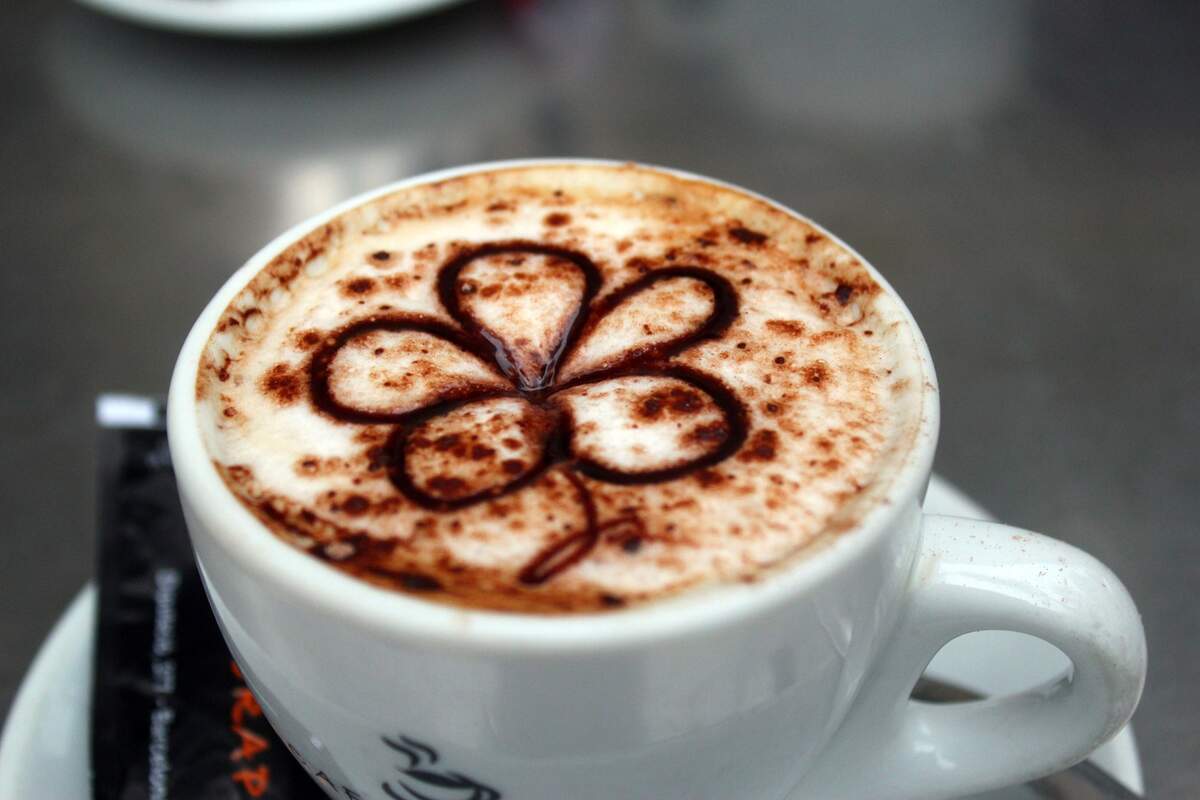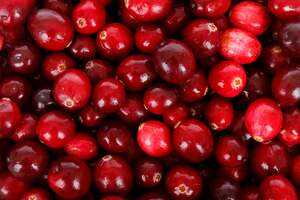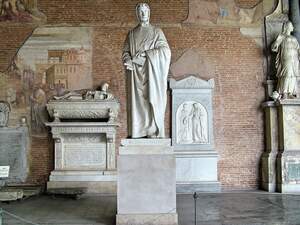

National Espresso Day
Observed
annually on November 23rd
Dates
Tags
Food & Drink
Hashtags
Sources
https://www.britannica.com/topic/espresso
https://www.nationalespressoday.com/
https://www.punchbowl.com/holidays/national-espresso-day
https://www.thespruceeats.com/what-is-espresso-765702
https://www.wthr.com/article/news/trending-viral/celebrate-national-espresso-day-deals-starbucks-dunkin-and-others/531-34e3bb4b-9778-4afe-b21c-1b00a51b8ee1
Espresso, celebrated today with National Espresso Day, is a thick, bold, dark, and rich concentrated coffee, stronger than drip coffee in both flavor and body. The type of bean or roast level used doesn't make an espresso—it's the size of the grind and how it's brewed. Espresso is made by using steam pressure to push hot water through finely-ground coffee.
The thin foam at the top of espresso is called crema. Golden-brown, sometimes with a reddish tinge, it is sweet because it contains the sugars and oils of the coffee. The middle layer, caramel-brown in color, is the body. The bottom of espresso is called the heart. It has a bitter flavor and a deep-brown hue. Numerous factors have a bearing on the quality of espresso: the grinding of the bean, blend of coffee, machine used to make it, the person making it, water temperature and pressure, duration of extraction, and volume of liquid produced.
Angelo Moriondo of Italy invented a prototype of an espresso coffee machine—a "new steam machinery for the economic and instantaneous confection of coffee beverage"—and patented it in 1884. His machine only made the beverage in bulk. Luigi Bezzera, an owner of a manufacturing plant, who like Moriondo was an Italian, wanted to speed up the process and to make individual servings. He built on his predecessor's invention, coming up with his own espresso coffee machine in 1901, which made a stronger and more robust coffee. His invention also reduced the amount of time that it took to make an espresso shot from a few minutes to 25 to 30 seconds. Historians debate whether he invented his machine because he wanted to shorten the time that his employees took for their coffee breaks, or if he was dissatisfied with how long it took to make himself a cup of coffee.
In 1903, Bezzera sold his patent to Desidero Pavoni, who continued to improve it. The machine was given the name Ideale, and Bezzera and Pavoni debuted it at the 1906 World's Fair in Milan, along with a new drink, caffè espresso. Pavoni began large-scale production of the machine and distributed it throughout Europe. With his marketing, he helped increase espresso's popularity around the world. Espresso machines continued to be improved during the following decades. In the early 1940s, Giovanni Achille Gaggia came up with a piston-shaped machine that improved the drink's flavor and gave it a thicker consistency.
The machines gave espresso its name. "Espresso" is the Italian name for "express" or "fast," and is also related to the phrase "pressed out." Espresso is found in coffee bars and cafés around the world. While espresso machines originally were exclusively located in these locations, they eventually made their way into homes as well. Espresso cups, also known as demitasse cups, are made of porcelain, and usually are preheated before being used. A shot of espresso is 30 ml (one ounce), and a double shot is double the size. Though it varies greatly, a double shot has about the same amount of caffeine as a 6-ounce cup of drip coffee.
Espresso has long been associated with refinement. Despite being called a "shot," it is sipped slowly, not being taken down in one drink. A blend of different varieties of beans is often used to make it, but not always. Using beans from different areas and roasted at different temperatures brings out a balance of the best qualities of the beans. Espresso is used to make other coffee drinks, such as cappuccinos, lattes, macchiatos, Americanos, and red-eyes. Espresso still is particularly popular in Italy, where it first was brewed, but it is drunk all over the world, especially on National Espresso Day!
How to Observe National Espresso Day
Celebrate by making yourself some espresso! Get yourself an espresso machine if you don't have one. You could also have espresso at a coffee shop or café. Look for deals on espresso at national chains. Starbucks and Dunkin' Donuts have participated during previous years. If you are feeling like going beyond a plain espresso, order yourself a cappuccino, latte, macchiato, Americano, or red-eye. You'll probably be pretty awake after all this, and could then do some reading, perhaps getting more in-depth about the history of the espresso machine.





















